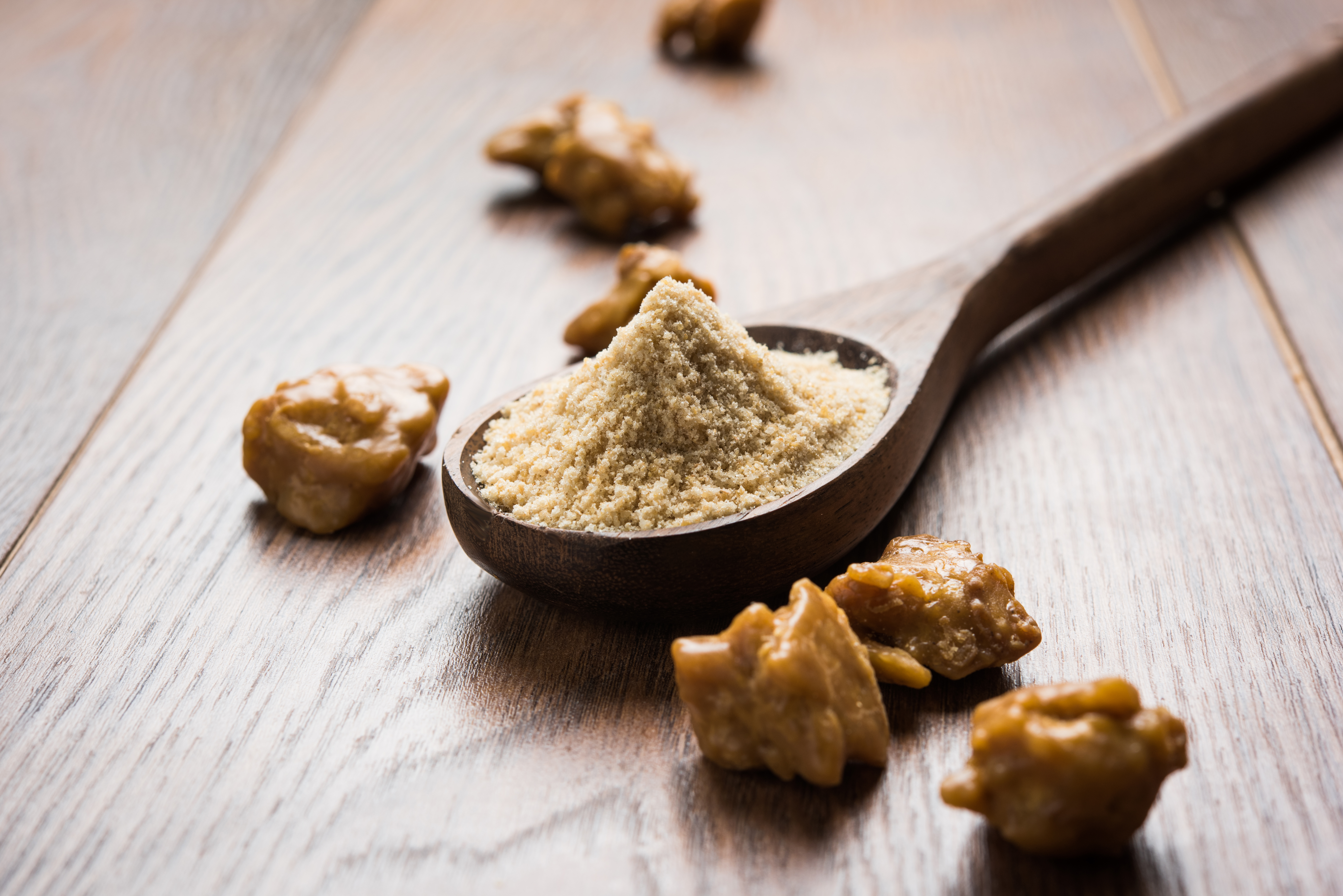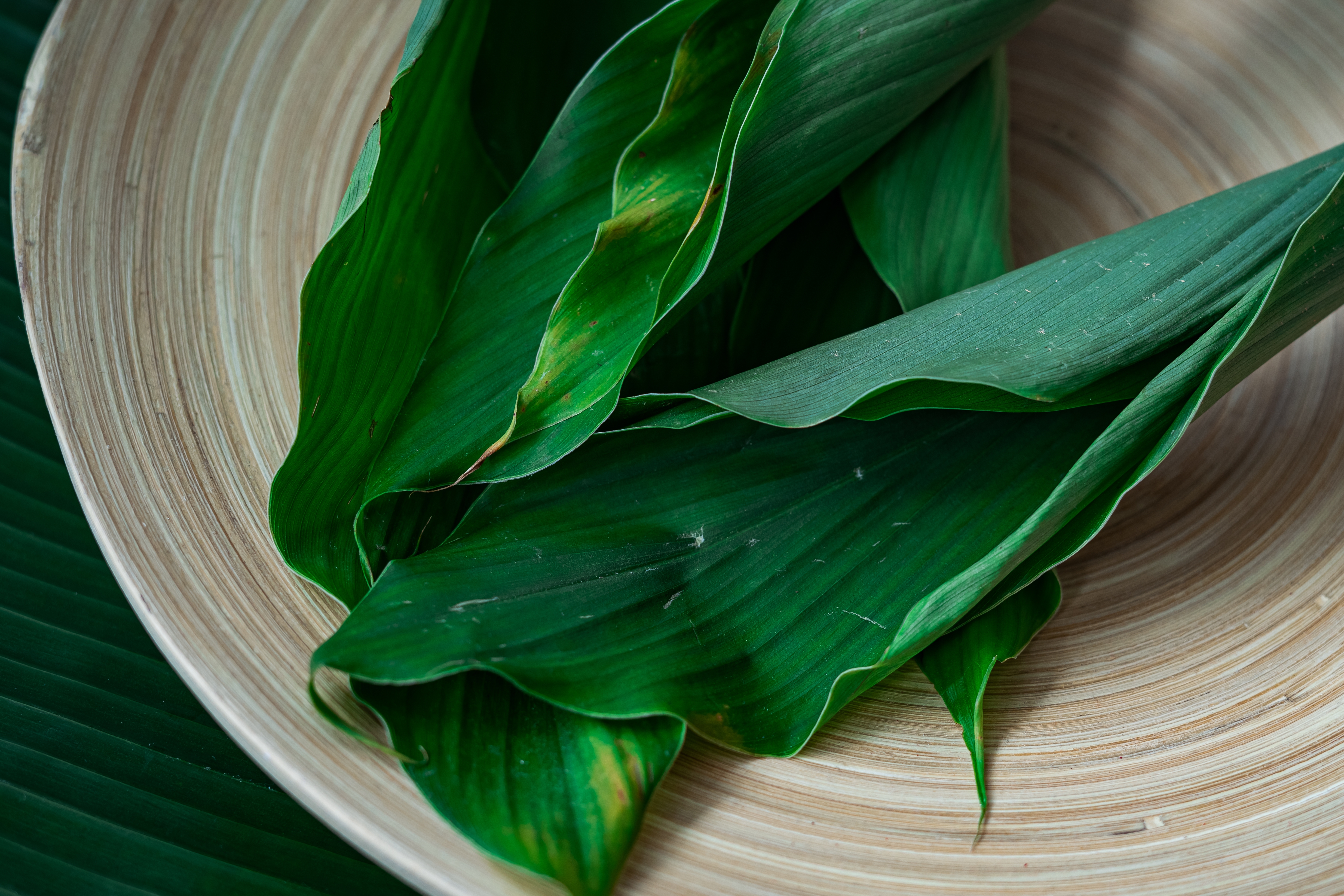The Best Anti-Inflammatory Spices to Add to Your Daily Meals
24. Asafoetida (Hing): The Gut-Calming Spice

Asafoetida, commonly called “hing,” is a pungent, sulfur-rich spice frequently used in Indian and Middle Eastern cuisine. While its raw aroma can be overpowering, when cooked, it mellows into a deep, savory flavor reminiscent of leeks or garlic. Traditionally valued for its digestive properties, asafoetida has been used in Ayurvedic medicine for centuries to reduce bloating, gas, and abdominal discomfort. It also boasts potent anti-inflammatory and antimicrobial effects, which may help support gut health and fight off harmful bacteria. Its natural compounds have even shown promise in reducing IBS-related symptoms. How to Use It: Start with just a pinch (a little goes a long way!) sautéed in oil before adding lentils, curries, or stir-fries. It’s especially beneficial in legume-heavy dishes where it can ease digestion.
25. Turmeric Leaves: A Subtle Curcumin Source

Turmeric root gets most of the attention, but turmeric leaves—long, aromatic, and glossy—are a hidden gem in the world of anti-inflammatory foods. Native to Southeast Asia, these leaves contain trace amounts of curcumin along with essential oils that offer antibacterial, anti-inflammatory, and digestive benefits. Their slightly earthy, ginger-like aroma makes them a flavorful ingredient in traditional steamed or wrapped dishes, especially in Indian, Thai, and Malaysian cuisines. How to Use It: Use fresh turmeric leaves to wrap sticky rice, fish, or meat before steaming or grilling for a healthful, aromatic infusion. You can also steep them in hot water to create a detoxifying herbal tea.
